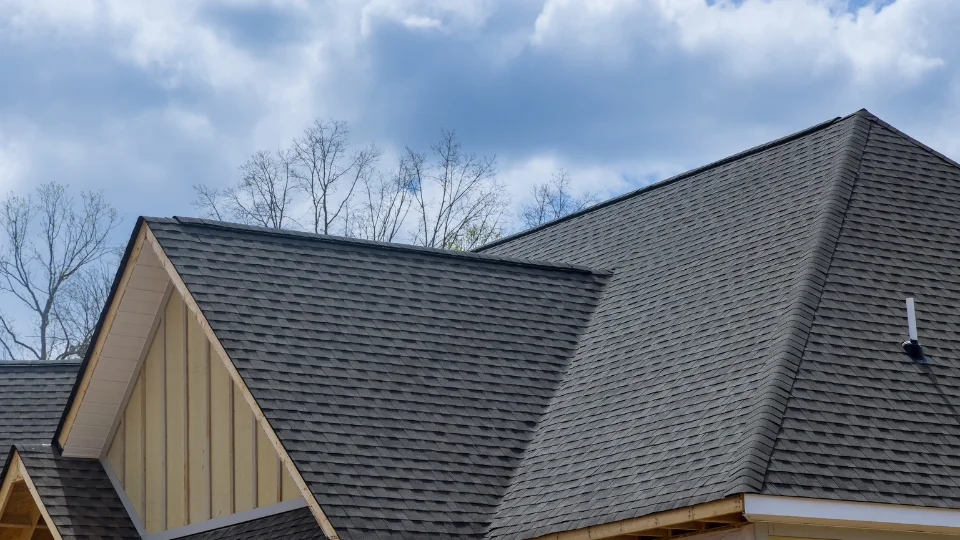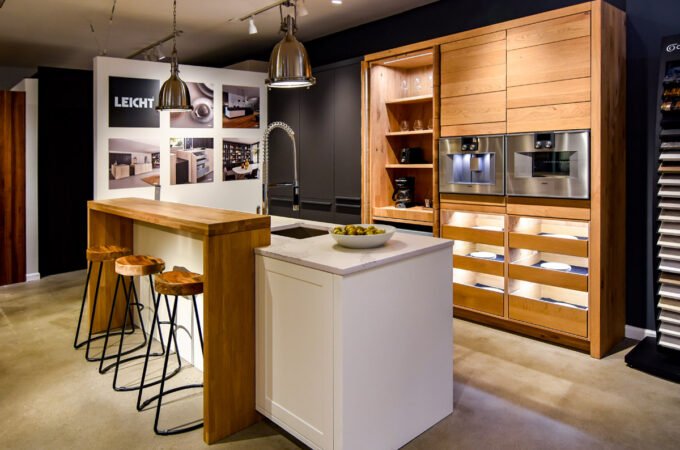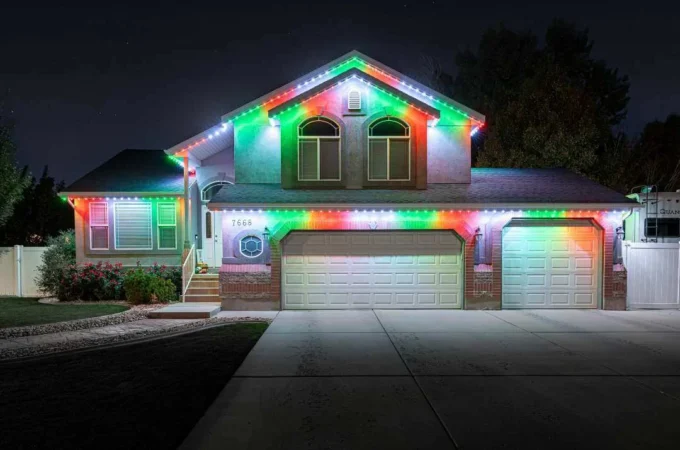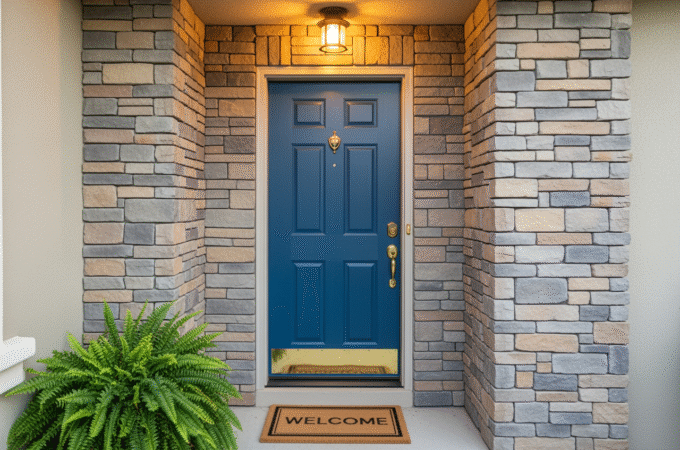
Choosing the Right Asphalt Shingles: What Homeowners Need to Know
Table of Contents
ToggleKey Takeaways
- Asphalt shingles offer the best balance between price, durability, and a wide array of styles for roofing projects.
- The differences between 3-tab and architectural shingles are significant in roof longevity, resilience, and overall appearance.
- A successful installation and ongoing care are key to maximizing the lifespan and effectiveness of an asphalt shingle roof.
- Understanding warranty coverage, energy efficiency, and climate resistance can help homeowners make more innovative selections.
- Innovations in asphalt shingle design enhance safety, sustainability, and performance year by year.
Why Asphalt Shingles Remain a Popular Choice
Asphalt shingles have become nearly synonymous with residential roofing for good reason. They offer a compelling mix of reliability, affordability, and design flexibility that few other roofing materials can match. According to recent industry reports, 70% of homes in the United States feature asphalt shingle roofs. This widespread adoption can be attributed to cost-effectiveness, installation speed, and efficiency. Whether renovating a classic bungalow or topping a new build, asphalt shingles can accommodate nearly any architectural style thanks to an extensive palette of colors, patterns, and textures. For those seeking to protect their investment and ensure a smoother roofing process, opting for professional asphalt shingles installation can make all the difference, ensuring proper technique and compliance with manufacturer warranties. Beyond pricing and looks, asphalt shingles appeal to homeowners because they have a proven history of withstanding the elements. When installed correctly, they can last decades—sometimes up to 30 years in moderate climates. Their broad appeal truly comes from being a practical choice for various homes, allowing for reliable performance even as trends in architecture and design continue to evolve.
Breaking Down the Types of Asphalt Shingles
Choosing between 3-tab and architectural shingles may seem simple, but there are substantial factors to consider. 3-tab shingles, noted for their uniformly cut design and single-layer structure, tend to create a sleek, traditional look that works well for minimalist or understated homes. These shingles present a lower upfront investment and are easier to install, making them a popular choice for budget-conscious homeowners or those reroofing rental properties and garden sheds. However, their lighter weight and single-layer design may mean a shorter lifespan and less resilience against wind or hail than their more robust counterparts. Architectural shingles, often called dimensional or laminate shingles, enhance durability through multiple bonded layers. The result is a richer, more dimensional appearance miming natural wood shakes or slate looks. This additional thickness translates into greater resistance to environmental stresses and more extended warranties, sometimes up to 50 years. Architectural shingles are a favorite for owners seeking aesthetic appeal and peace of mind about their roof’s strength. When factoring in weather conditions and overall value for the roof’s lifetime, many experts encourage careful consideration of these construction differences.
Durability and Weather Resistance: What to Consider
Where a home is located has a significant impact on its roofing requirements. Asphalt shingles have advanced to offer better resilience and specialized features for those in areas with intense seasonal storms, heavy rain, snow, or scorching sunshine. Modern manufacturing techniques include improved adhesives, fiberglass mats, and special additives that boost wind resistance and protect against moisture penetration. Some premium shingles even come with Class 4 impact ratings, making them less likely to be damaged by hail, an increasingly important attribute in regions affected by severe weather.
Additionally, specific shingle lines are now created with surface coatings or embedded copper or zinc ions to thwart algae and mildew growth, a common concern in humid or coastal zones. Enhanced granule technology also helps maintain color and reflect more sunlight, contributing to greater long-term value. The growing number of climate-specific shingles on the market allows homeowners to better target their homes’ unique demands, helping ensure that their roof stands up to the test of time and nature.
Key Features Homeowners Should Look For
- High Wind Ratings: Rising storm intensity has made wind resistance more crucial than ever. Many architectural shingles are now rated for winds above 110 mph; some reach 130 mph or more. This feature is especially vital in hurricane, tornado, or thunderstorm-prone areas.
- Algae Resistance: Specially formulated shingles with copper or zinc impart algae-fighting properties, protecting roofs in damp environments from unsightly streaks and degradation.
- Reflectivity: Selecting reflective or ENERGY STAR-rated shingles can significantly reduce heat absorption, lower attic temperatures, and potentially trim energy bills during peak summer months.
- Comprehensive Warranties: Opt for products offering strong materials, installation, and artistry coverage. This multi-pronged approach can save headaches and costs in future repairs or replacements.
When evaluating shingles, it’s wise to analyze each product’s technical data sheet and warranty documents, as the fine print may reveal essential distinctions that could affect your roof’s performance and financial peace of mind over time.
The Installtion Process: Steps That Matter
Proper installation is an essential yet often overlooked aspect of a successful roofing project. The process begins with a close inspection of the roof deck to identify rotten wood, loose nails, or other issues that could shorten the lifespan of the finished roof. A high-quality underlayment is a critical moisture barrier that prevents leaks from spreading into the structure below. Next, starter shingles are positioned along the eaves and rakes to block water from infiltrating these vulnerable edges. The main courses of shingles are then installed in a staggered pattern, ensuring overlaps are precise and nails are placed according to strict manufacturer guidelines. This ensures an attractive look, wind resistance, and weatherproofing that modern roofs demand. The task is completed by installing ridge cap shingles, which seal the roof’s highest point and give a professional appearance. Even minor shortcuts—like missing or misapplying sealant or failing to align courses—can result in costly problems or voided warranties. Those without roofing experience are encouraged to consult guides or hire professionals specializing in asphalt shingle systems.
How Maintenance Extends Roof Life
Maintenance is a key yet easy-to-overlook responsibility. Even though asphalt shingles are low-maintenance, a proactive approach can add many years to your roof’s lifespan. Regularly removing debris like leaves and branches prevents moisture buildup and lets the shingles breathe. Gutter cleaning is another essential step, as blockages can cause water to back up under shingles, leading to leaks and wood rot. Biannual roof inspections—especially following extreme weather—help catch minor issues before they escalate, such as loose tabs, cracked flashings, or nail pops. Many real estate professionals and home inspectors recommend that homeowners use a simple checklist each spring and fall. If more substantial repairs are needed, such as replacing several shingles or fixing flashing, bringing in an expert is advisable. In the long run, this maintenance routine helps avoid emergency repairs, supports the ongoing integrity of the structure, and maintains the curb appeal homeowners rely on when it comes time to sell.
Warranty Basics: Avoiding Costly Mistakes
Roofing warranties can be complex. Homeowners must examine what’s truly being covered—some warranties only protect against material defects, while more robust options cover labor, tear-off, and disposal. The value of the warranty may also be prorated, decreasing over time, or non-prorated for a particular duration with complete coverage of all costs. Industry experts like Consumer Reports stress the importance of reading the fine print and asking installers how artistry is protected, as poor installation is one of the most common causes of warranty denials. Transferability can be a significant advantage if you plan to sell your home—the ability to pass the warranty on to new owners can become a compelling selling point. Finally, always document installation dates, contractors, and products used. These details will be invaluable if you ever need to file a claim related to performance issues or weather-related damage.
What’s New in Asphalt Shingle Technology?
Asphalt shingle technology is evolving alongside modern homebuilding trends and climate challenges. Today’s leading manufacturers are introducing solar-reflective granules, which help reflect ultraviolet light, minimize heat absorption, and keep attics up to 10 degrees cooler on hot days. Some new shingles contain advanced fiberglass matting for a lighter, yet stronger, product and better fire resistance. Enhanced adhesive strips provide improved wind-uplift protection, ensuring that even in heavy gusts, shingles stay put. Other innovations include eco-friendly manufacturing that recycles post-consumer materials, anti-algae coatings for longer-lasting aesthetics, and formulation tweaks that resist fading. These developments reduce a home’s carbon footprint, streamline installation, reduce maintenance, and improve year-over-year energy efficiency. For today’s environmentally aware and tech-minded homeowner, these advancements represent a significant leap forward in balancing form, function, and sustainability.
Final Thoughts: Making an Informed Choice
Choosing the right asphalt shingles is more than picking a color or the cheapest price tag. Carefully considering the type of shingle, the craftsmanship behind the installation, ongoing maintenance routines, and the warranty coverage details will pay dividends well into the future. When the right decisions are made upfront, a new roof can transform your home’s exterior, boost energy efficiency, and be an essential shield against the elements for decades With ongoing advances in design and durability, helpful resources, and straightforward, professional installation options, today’s homeowners are empowered to invest in roofing that enhances comfort, value, and style for years.
Lynn Place is Vice President of Marketing for SolvChem Custom Packaging Division. She has 30 years of professional experience in the manufacturing industry and specializes in consumer packaged goods, new product development and strategic planning.






